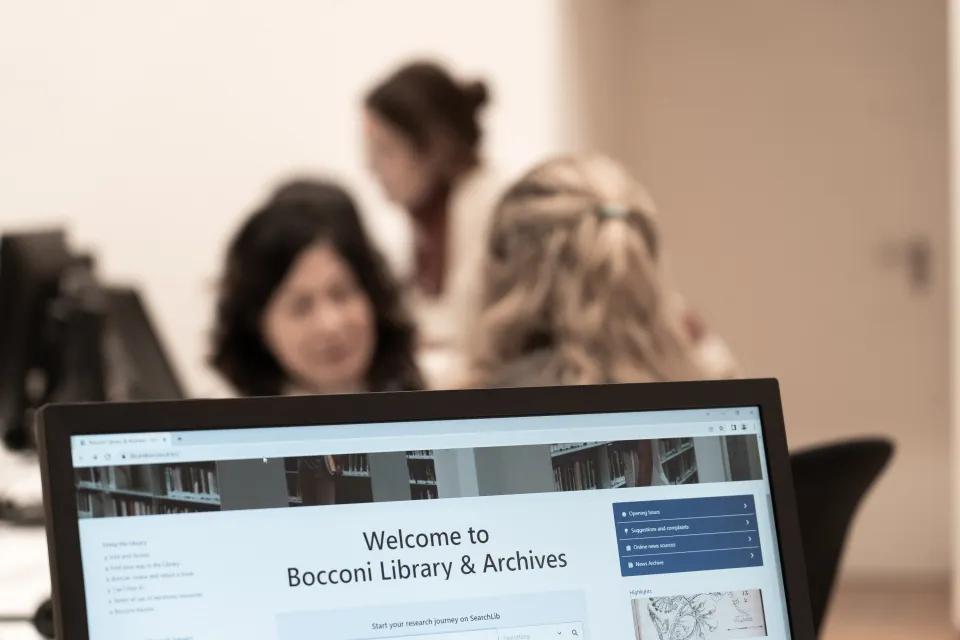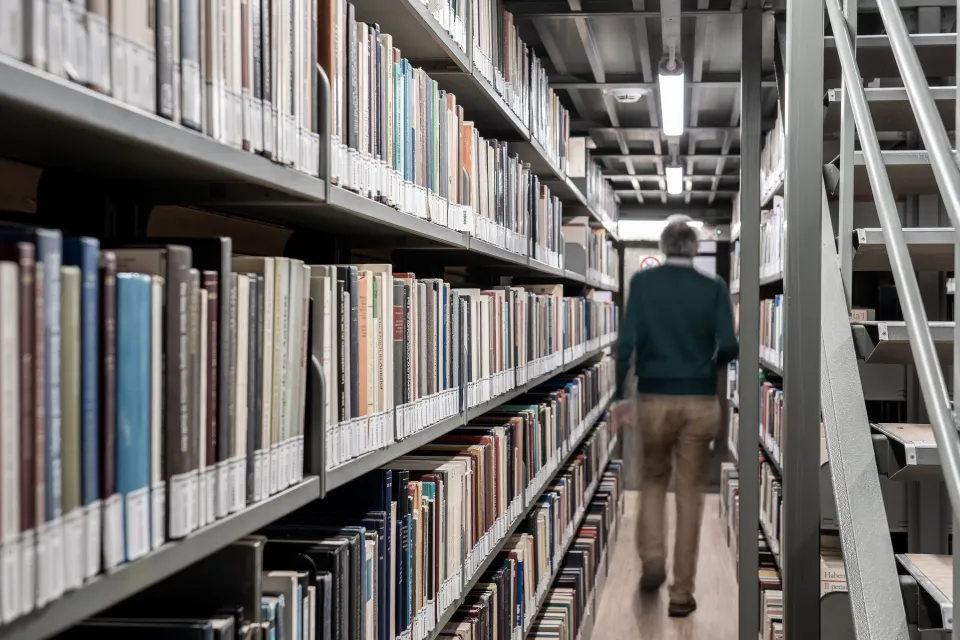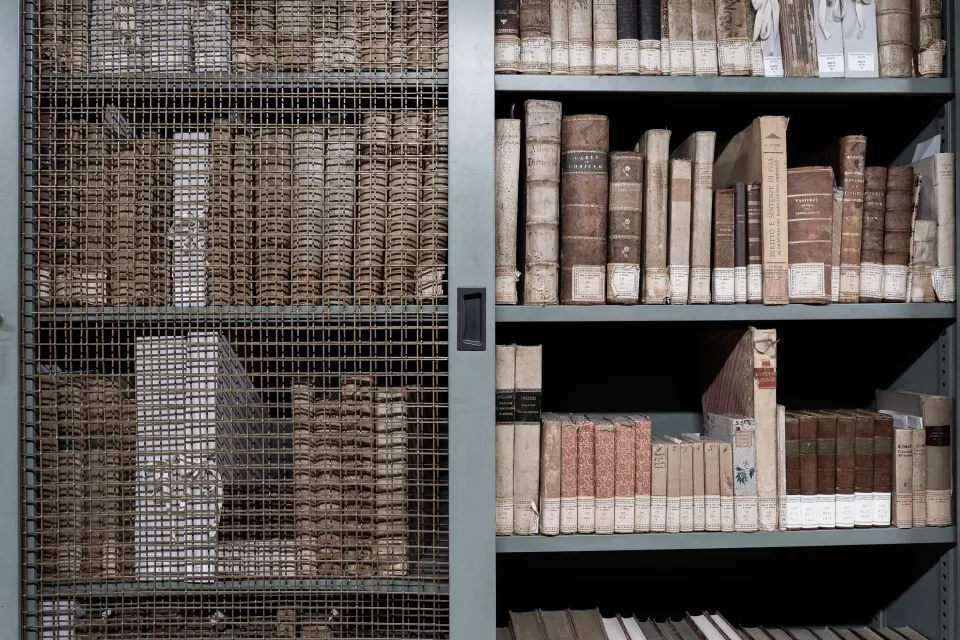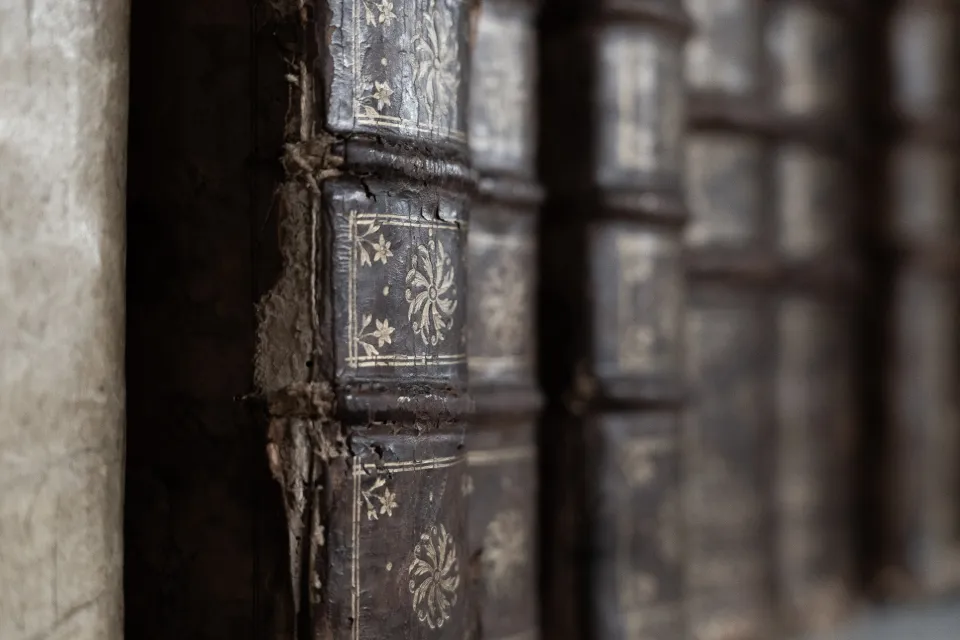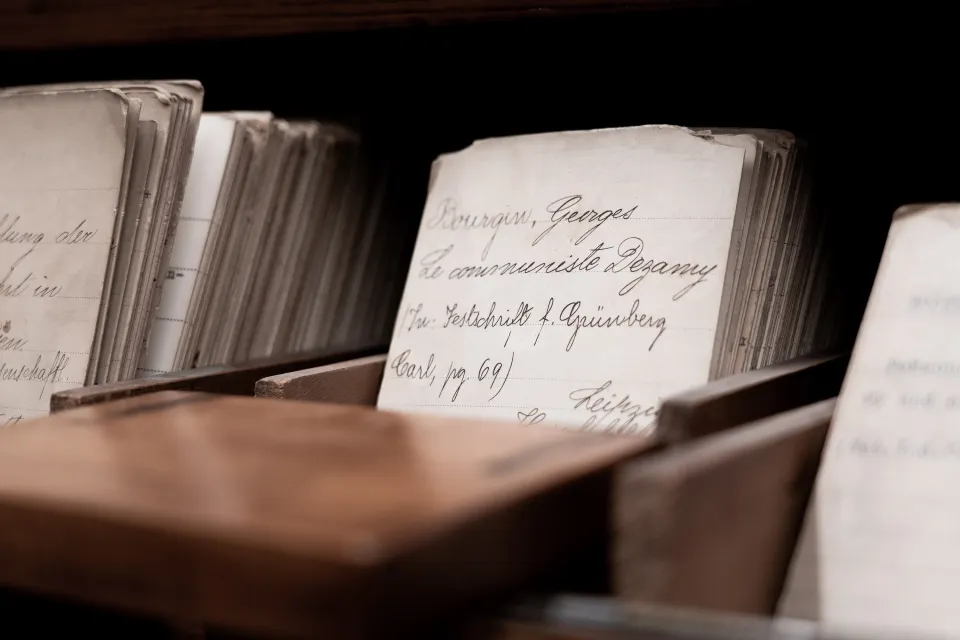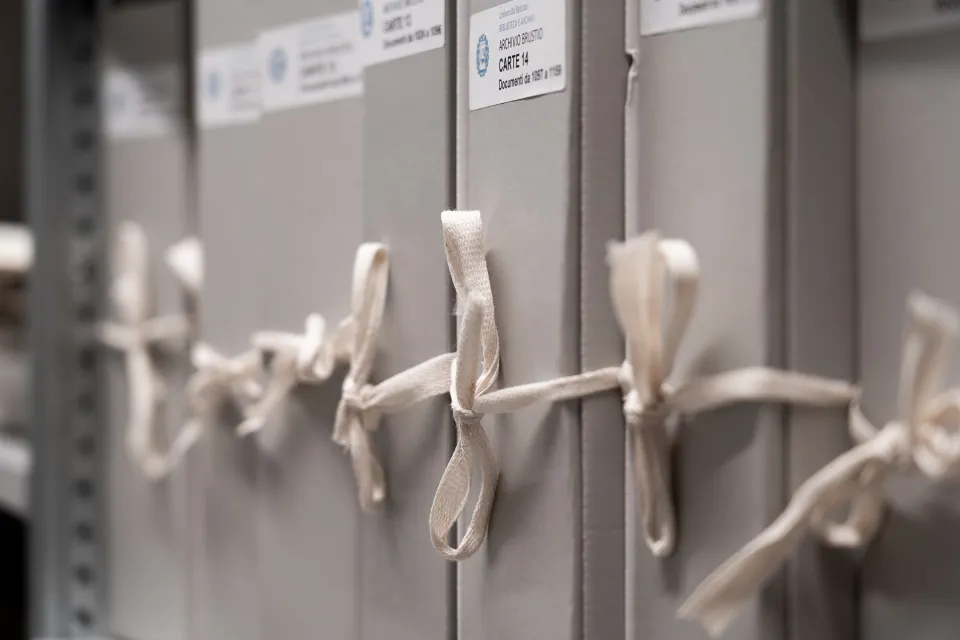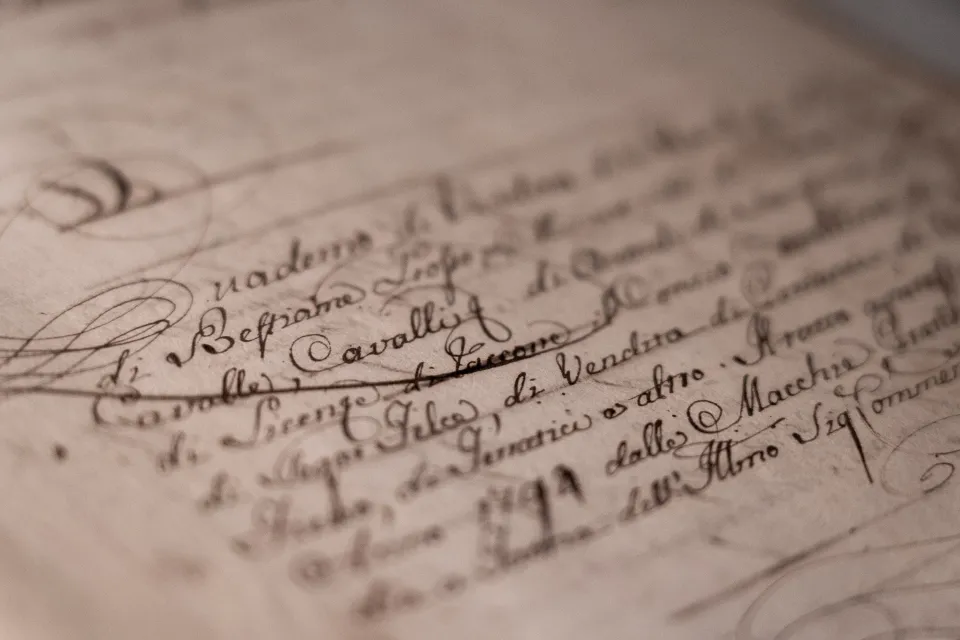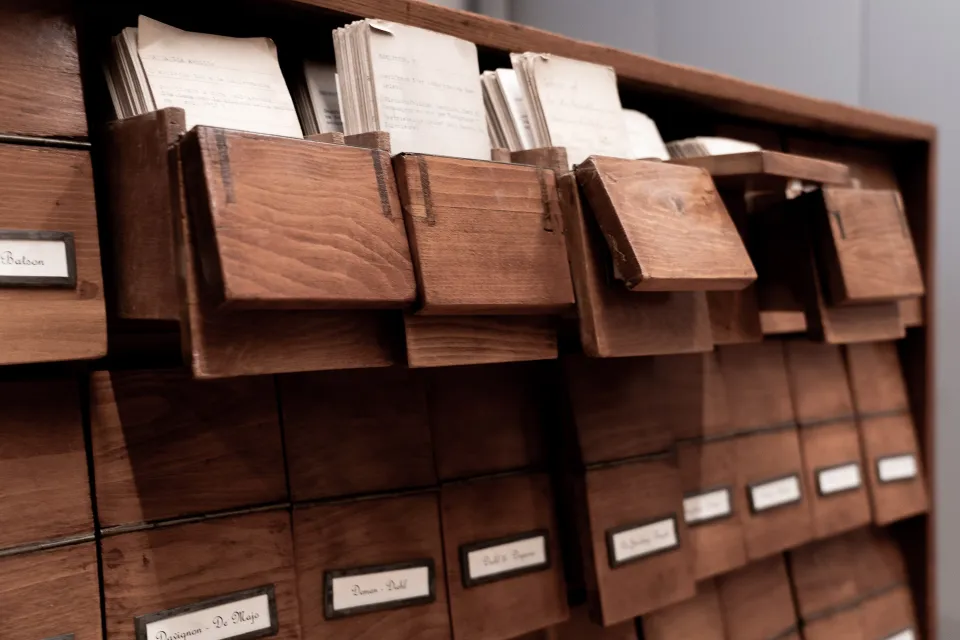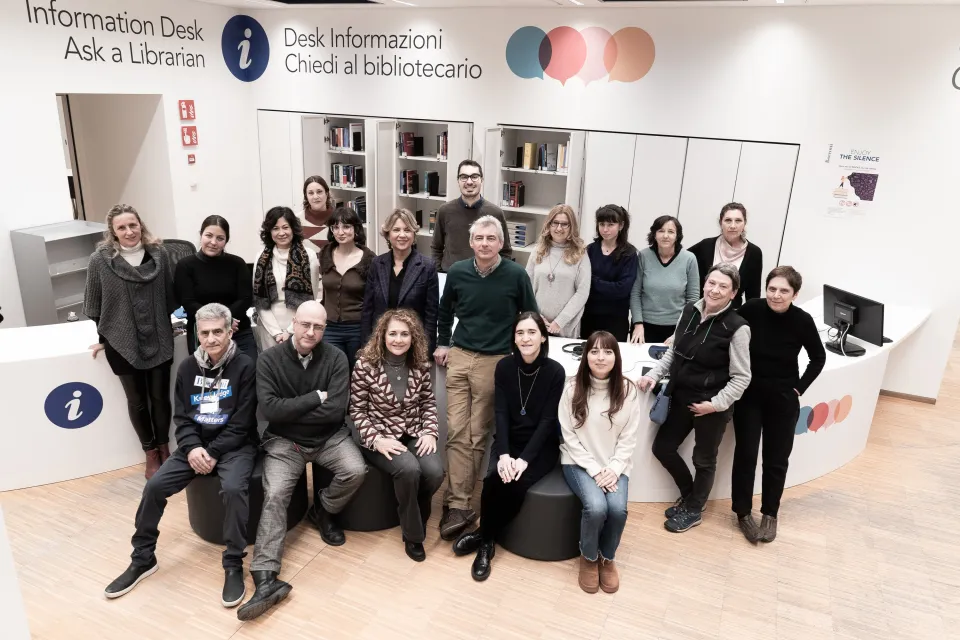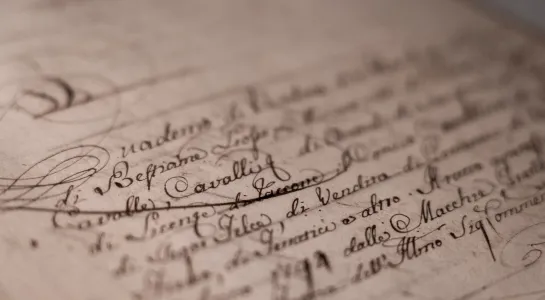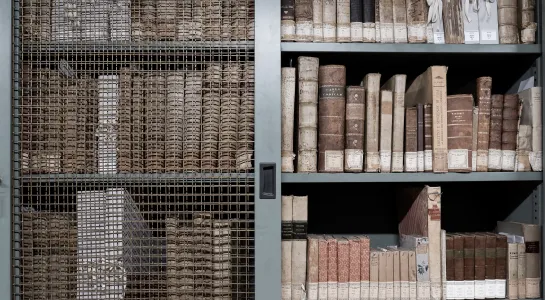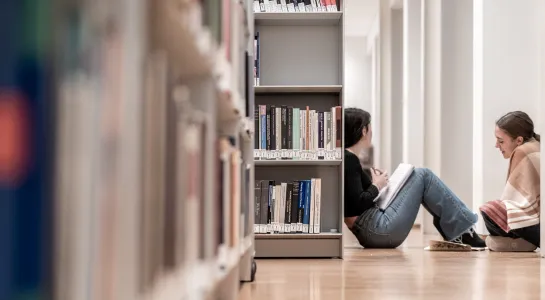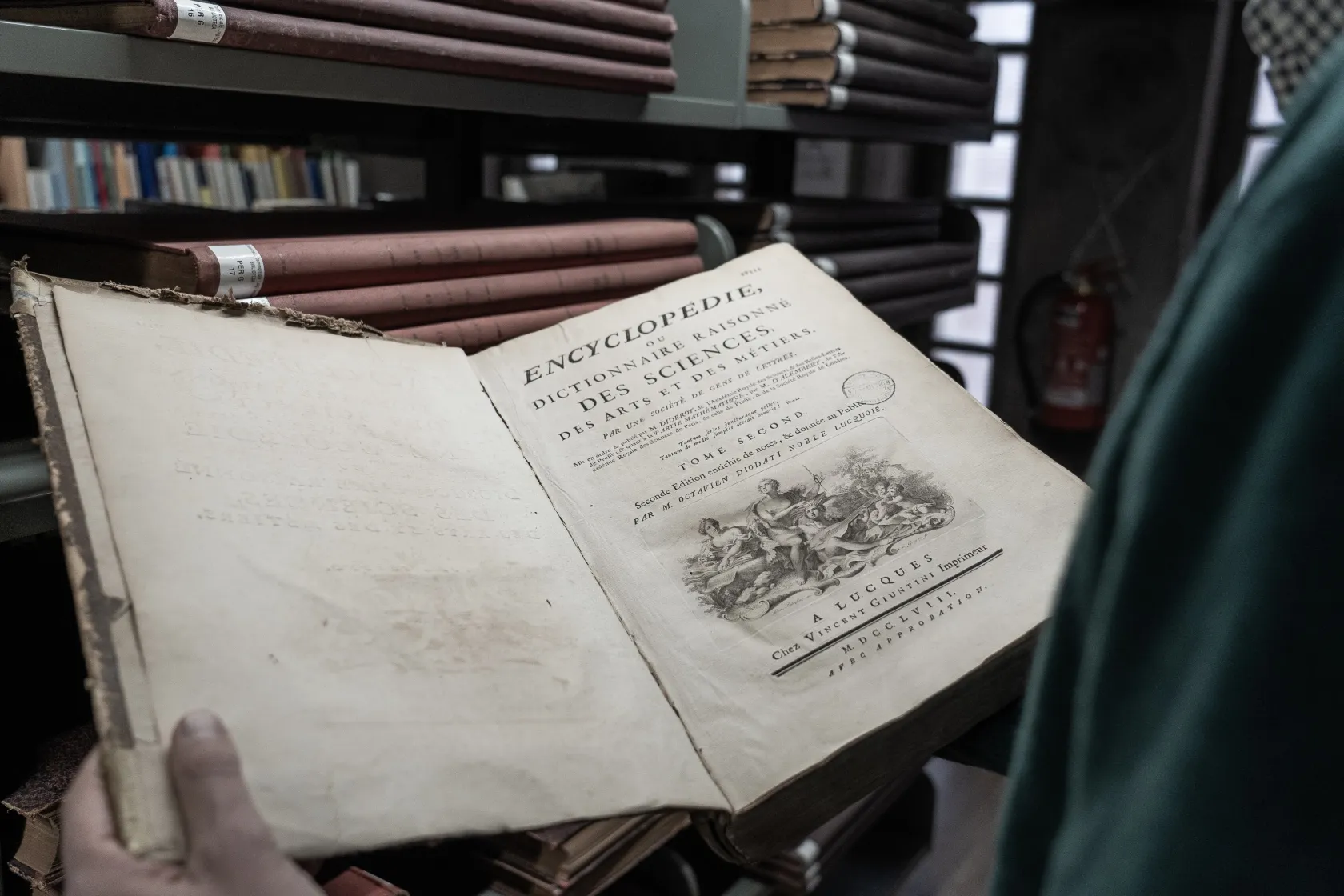
It Says Library, but Reads Ecosystem of Knowledge
At the entrance to the reading rooms of the Bocconi University Library, the phrase "Let the books do the talking" is written. Although a gentle yet firm invitation to silence, the phrase also reveals something else: the enormity of the knowledge contained in the 455,000 volumes, 14,000 complete titles of paper journals and 600 meters of historic documents kept in the archives. This is in addition to the databases, ebooks and everything that today is considered digital, or digitized knowledge, such as the 98,600 theses of Bocconi graduates from 1906 to the present day. "On the contrary," says Beatriz Villagrasa – who has been at the helm of the Library & Archives Unit since 2021 – "today, digital accounts for half of new purchases, but constitutes 94% of total spending." The latter figure truly reveals what a modern scientific library like that of Bocconi is and what it represents: no longer an institution solely devoted to preservation (it was founded in 1903 at the behest of the first Rector, Leopoldo Sabbatini), but a fundamental tool for teaching and research as well.
"Since research has become increasingly international and competitive in the last 25 years, scientific libraries have undergone a vast transformation, also thanks to the digital acceleration of publishing giants," explains Director Villagrasa. "They have gone from being places that preserve cultural heritage, at times rare and valuable, to becoming real, lightning-speed information highways containing large quantities of digital scientific publications (and, in our case, also of financial data) necessary to remain within the competitive environment – one where international research and career evaluation of university professors are taking place today."
Digital has certainly favored access to research sources, but with a considerable increase in costs which the Library is able to pay also thanks to the support of the University's donors. If the Library's investments are increasingly oriented towards digital, the work carried out in the last two years under the Director's leadership has been above all aimed towards rendering the system more efficient and accessible by digitizing all office processes, building a unified list of databases and creating 43 libguides (thematic bibliographic guides). "The digitization of knowledge already began some time ago," explains Villagrasa, whose Unit totals 47 people, "what was missing were digital information access guidance tools, which is why we have created a more effective infrastructure." The result is 1.9 million searches in the Library's databases made in 2023 alone.
Returning to the physical aspect, the Library is also the place where thousands of students, researchers and the entire faculty body spend hours studying. On these groups' behalf, the Library makes available – among other things – all the syllabi used each year. There are 658 spots available in the reading rooms and study areas, open seven days a week, with a total transit of about 1,600 daily visitors. An interesting fact is that the volumes neatly lining the dozens of shelves in the reading rooms constitute only 13% of the Library's paper assets, most of which is kept in internal storage rooms (45%) as well as in the one located in Rozzano (42%). In other words, what students and professors see every day is just the tip of the iceberg...
Last but not least, there is another key aspect that distinguishes a modern university library like that of Bocconi today. It is the educational role it plays, advancing knowledge throughout the entire community, not just the Bocconi one. "We actively participate in the Third Mission of the University through the enhancement and exhibition of our historical archives and through the transfer of our skills to the local area," explains Beatriz Villagrasa, rattling off, for example, the numbers on guided tours of Bocconi buildings and on works of art displayed at the Bocconi Art Gallery, which – since fall 2022 – have brought over 2,100 people on more than 100 tours to the University's halls.
More generally, the role of a modern librarian or archivist today goes far beyond what is imagined by those who approach the Library's desks every day for information or specific requests. "Our role is one of great intellectual responsibility, since we decide – together with faculty – how to expand the collections. This determines the thinking and vision of a university," concludes the Director. "We generate culture and innovate when we set up training courses for access to the collections (in 2023 there were 1,800 participants in 107 courses), and when we write or rewrite the history of the Bocconi buildings by studying the primary sources preserved here and deciding what to explore and what to omit. It is a huge responsibility because we use information to empower people and the community, strengthening their skills and building character."
translated by Rosa Palmieri
